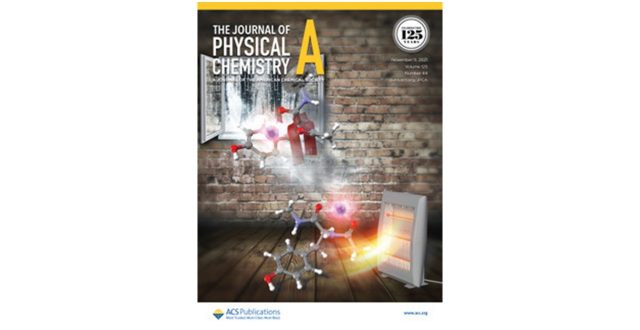
【Published】appeared on the cover of J. Phys. Chem. A (celebrating issue of 125 years) (WRHI: Dr. Masaaki Fujii and Dr. James M. Lisy)
WRHI News
Published
(Laboratory for Chemistry and Life Science / Dr. Masaaki Fujii and Dr. James M. Lisy)
“Double Ion Trap Laser Spectroscopy of Alkali Metal Ion Complexes with a Partial Peptide of the Selectivity Filter in K+ Channels─Temperature Effect and Barrier for Conformational Conversions”
J. Phys. Chem. A (DOI:10.1021/acs.jpca.1c06440)
For details, click here.
<Abstract>
Potassium ion channels selectively permeate K+, as well as Rb+ and Cs+ to some degree, while excluding Na+ and Li+. Conformations of alkali metal complexes of Ac-Tyr-NHMe, a model peptide of the selectivity filter in a K+ channel, were previously found to correlate with the permeability of alkali metal ions to a K+ channel by cold ion trap infrared spectroscopy. With an additional temperature-controlled ion trap, we examined the conformations of the alkali metal complexes, allowing the ions to collide with a He buffer gas at different temperatures, prior to spectroscopic investigation. The conformational distribution of the K+–peptide complex shows the most significant variation with temperature, which suggests that this complex has more flexibility when complexed with K+ and suggests lower barrier heights than other metal–peptide complexes. The variability of the conformational distribution with temperature for the ions follows the same order of ion permeability of a K+ channel. This work demonstrates that the additional temperature-controlled ion trap is a powerful tool to explore the conformational landscape of flexible molecular systems.
